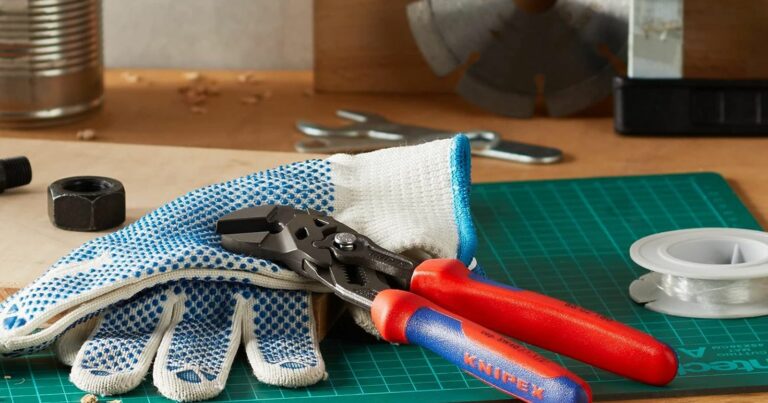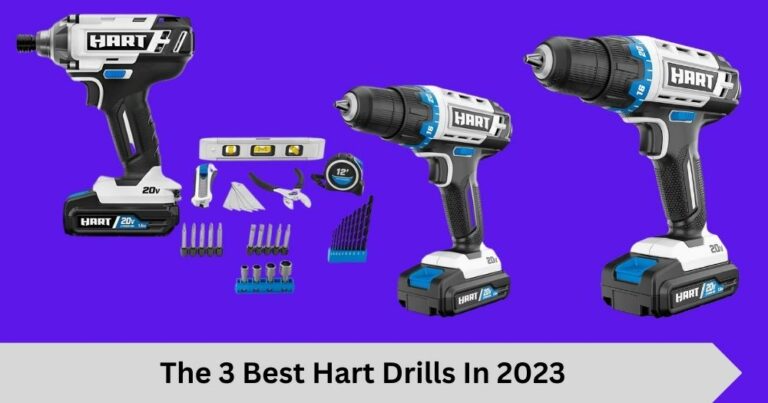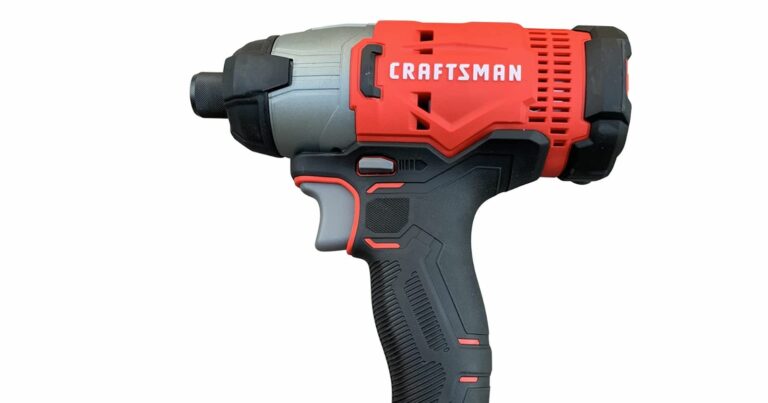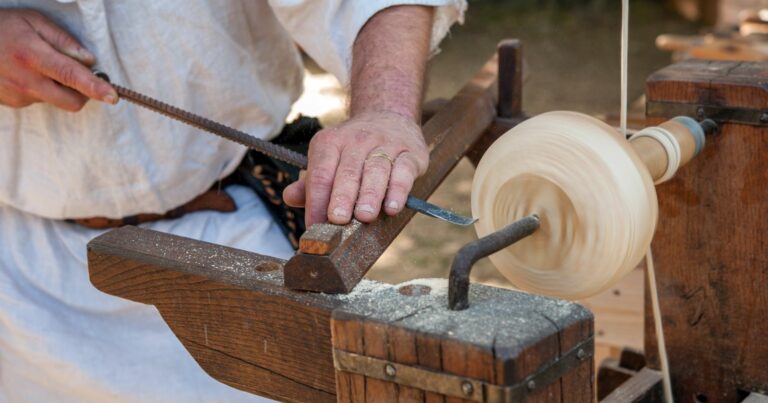The Various Uses of Adjustable Wrenches
Hello, fellow tool enthusiasts! Today, I’m going to shine the spotlight on a tool that probably doesn’t receive the recognition it deserves – the humble, yet indispensable, adjustable wrench. My focus will be on “The Various Uses of Adjustable Wrenches.”
An adjustable wrench, also known as a crescent wrench, is a hand tool with a jaw of adjustable width. This nifty feature allows me to use it with different sizes of fastener head (nut, bolt, etc.), rather than just one fastener size, as is the case with a conventional fixed wrench. The beauty of this tool lies in its simplicity and versatility, making it a valuable addition to any toolkit.
With its ability to adapt on the fly, the adjustable wrench has become my go-to companion for a wide variety of tasks. From adjusting a leaky pipe under my kitchen sink to disassembling furniture or performing routine maintenance on my vehicle, this jack of all trades has me covered.
In this post, I’ll delve into “The Various Uses of Adjustable Wrenches,” exploring the wide spectrum of tasks an adjustable wrench can tackle, each one showcasing why this tool deserves its rightful place in my toolbox. So, let’s dive in and unlock the full potential of this underappreciated gem! Stay tuned, and you might be surprised to discover new ways to use this versatile tool that you hadn’t thought of before.

History and Design of Adjustable Wrenches
Before we delve into the multitude of uses for our trusty adjustable wrench, I’d like to pause and appreciate its impressive history and unique design. After all, understanding your tool is half the battle, isn’t it?
Our trip back in time lands us in the 19th century. The first patent for an adjustable wrench was granted to an inventive fellow named Edwin Beard Budding in 1842. However, the modern form of the adjustable wrench, as we know it today, was the brainchild of the Swedish inventor Johan Petter Johansson, who patented his design in 1891. Since then, this tool has earned its place in myriad industries, from home maintenance and automobiles, all the way to space exploration – that’s right, our humble wrench has even made a journey into space!
The beauty of the adjustable wrench lies in its distinctive design. The movable lower jaw sets it apart from fixed-size counterparts. By adjusting a small worm screw located near the base of the handle, the lower jaw can accommodate a variety of fastener sizes.
Compare this to a standard wrench, which comes with a fixed opening tailored to fit a specific fastener size. If you were to use regular wrenches, you’d need a vast range to cover all possible sizes. However, an adjustable wrench neatly compacts an entire set into one flexible tool.
While the adjustable wrench tends to be slightly bulkier than fixed-size wrenches, thanks to its adjustable mechanism, it more than compensates for this with its remarkable versatility and handiness.
The adjustable wrench’s design truly reflects its inherent adaptability. It is a testament to human resourcefulness, highlighting our ability to invent solutions that can meet an array of challenges. Now that we’re armed with a bit of historical context and an understanding of its design, let’s explore how to put this incredibly versatile tool to practical use!
Basics of Using an Adjustable Wrench
Before we explore the diverse uses of the adjustable wrench, let’s get back to basics. Understanding the different parts of your wrench, how to adjust it, and crucial safety tips are vital in ensuring effective and safe use.
Getting to Know Your Adjustable Wrench
An adjustable wrench comprises three primary components:
Handle:
The long part of the wrench you hold. It provides the leverage necessary to turn the fastener.
Jaw:
This part of the wrench holds the fastener. The upper jaw is fixed, and the lower jaw is adjustable. They’re designed to grip the fastener firmly without slipping.
Worm Screw:
Located near the handle, this is a small screw that you turn to adjust the size of the wrench’s jaw. By turning it clockwise, you close the jaw, and turning it counterclockwise opens it.
Watch This Video And Learn About The Various Uses of Adjustable Wrenches.
Perhaps its time to consider a new Impact Driver Drill. Take a look at the Best Impact Driver Drill $100.
Adjusting the Wrench for Use
Let’s discuss how to adjust your wrench for use:
Open the Jaw:
First, turn the worm screw counterclockwise to open the jaws of the wrench wide enough to fit over the fastener.
Fit the Wrench to the Fastener:
Slide the wrench over the nut or bolt that you want to turn. Make sure the side of the jaw with the fixed part is towards the direction you’ll be turning.
Close the Jaw:
Now, turn the worm screw clockwise to close the jaw down onto the fastener. The wrench should now grip the fastener snugly. Remember, the wrench should fit the nut or bolt snugly but without forcing it.
Turn the Fastener:
Hold the handle and apply pressure in the direction you wish to turn the fastener. Apply steady and firm pressure, avoiding sudden jerks which can strip the fastener.
Basic Safety Tips
Safety should always be paramount when handling any tool, including the adjustable wrench. Here are some safety tips to keep in mind:
Proper Adjustment:
Always ensure the wrench fits the fastener correctly before applying pressure. A poorly fitted wrench can slip, damaging the fastener and possibly causing injury.
Hand Protection:
Consider wearing gloves when using the wrench for extended periods, as the tool can cause blisters.
Avoid Over-Force:
Don’t use excessive force when turning the wrench. If it’s too tight, consider using a penetrating lubricant or a larger wrench. Using a pipe for extra leverage can damage the tool and fastener, and potentially lead to injuries.
Regular Maintenance:
Keep your wrench in good condition. A rusty or damaged wrench can lead to accidents.
Right Tool for the Right Job:
Although versatile, an adjustable wrench isn’t suitable for every job. If the job requires a different tool, use the appropriate one.!
The Varied Uses of Adjustable Wrenches
Now that we’ve got the basics down, let’s delve into the varied uses of adjustable wrenches. This versatile tool’s adaptability means it can come in handy in a range of scenarios, from home maintenance to auto repair and even bicycle upkeep.
Home Maintenance
Plumbing Tasks
Plumbing issues are a common home maintenance task where the adjustable wrench really shines. It’s particularly helpful in dealing with various pipe diameters and fitting sizes.
Here are a few specific scenarios where your adjustable wrench can come to your rescue in plumbing:
Loosening and Tightening Pipes:
With the adjustable jaw, the wrench can handle various pipe diameters, allowing you to loosen or tighten pipe connections easily.
Fixing Leaky Faucets:
Adjustable wrenches are perfect for tackling leaky faucets. They can easily adjust to fit the packing nut or the supply tube nut, helping you tighten or replace them as necessary.
Installing New Fixtures:
Whether you’re setting up a new shower head, sink faucet, or connecting a dishwasher, an adjustable wrench can handle various fixture sizes.
Furniture Assembly and Disassembly
Assembling or disassembling furniture can sometimes require dealing with different bolt sizes, especially with flat-packed furniture. Here’s how the adjustable wrench can help:
Bolt Tightening and Loosening:
Adjustable wrenches can handle various bolt sizes found in furniture pieces. Whether you’re assembling a new bookshelf or disassembling an old bed frame, the adjustable wrench is your ally.
Small Spaces:
Thanks to their slim design, adjustable wrenches can reach bolts in tight spaces where bulkier tools might struggle.
Auto Repair
In the realm of auto repair, the adjustable wrench proves to be a lifesaver. Here are a few ways it can help:
Battery Maintenance:
Adjustable wrenches are perfect for loosening or tightening the nuts on your car battery terminals.
Oil Changes:
The adjustable wrench can help you remove the oil drain plug during oil changes.
General Maintenance:
From adjusting car parts to removing bolts, the adjustable wrench is a versatile tool for general car maintenance.
Bicycles and Other Equipment
The role of an adjustable wrench isn’t limited to the home or garage. It’s also a handy tool for maintaining and repairing bicycles and similar equipment.
Adjusting Bike Parts:
An adjustable wrench can be used to adjust or replace various bike parts such as seats, pedals, or handlebars.
Skateboards and Scooters:
Similar to bikes, skateboards and scooters often have nuts and bolts of varying sizes that an adjustable wrench can handle.
Camping and Outdoor Equipment:
From assembling a grill to adjusting camping equipment, an adjustable wrench can be an invaluable addition to your outdoor kit.
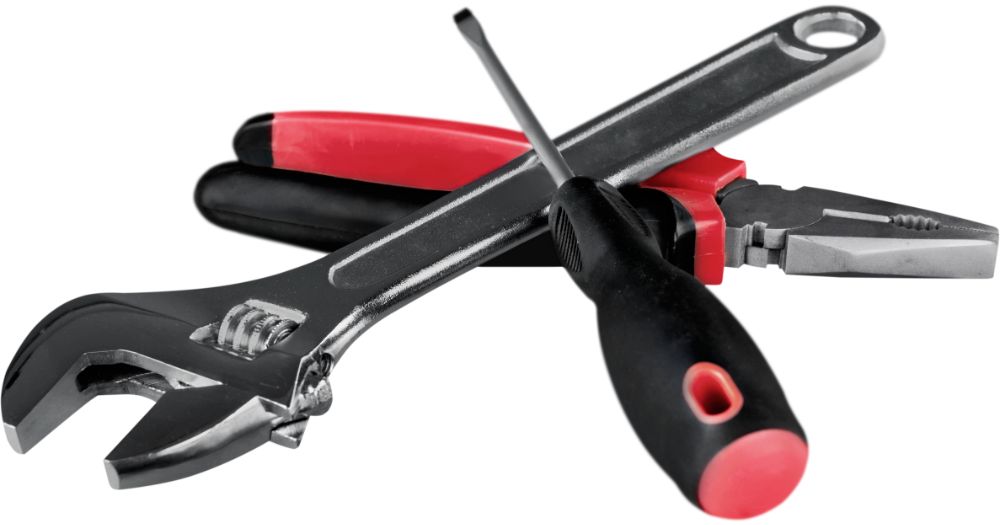
Suggested Reading:The 3 Best Adjustable Wrenches
How to Choose a Quality Adjustable Wrench
While we’ve established that an adjustable wrench is a versatile and invaluable tool to have, it’s also essential to choose a quality wrench for the best performance. Just as every job has its tool, every tool has its quality variants, and adjustable wrenches are no different.
While a cheaper wrench might be tempting, investing in a quality tool can save you time, money, and frustration in the long run. A cheap wrench may not have the same durability, might not adjust as accurately, and can cause damage to your nuts and bolts.
So, how can you differentiate between a quality adjustable wrench and a cheap imitation? Here are some factors to consider when buying an adjustable wrench:
Material:
Quality adjustable wrenches are typically made from high-strength alloy steel. This material is durable, rust-resistant, and can withstand the pressure applied during use without deforming. Cheaper wrenches might use lower quality metal, which can lead to damage and potential safety issues.
Jaw Capacity:
Consider the range of sizes the wrench can accommodate. A good adjustable wrench should offer a wide range of adjustability to handle various tasks.
Jaw Alignment:
A high-quality wrench should have precise jaw alignment. Misaligned jaws can lead to slippage or damaged fasteners.
Handle Comfort:
Look for a wrench with an ergonomic handle. Extended use can cause hand fatigue, and a comfortable handle can help mitigate this.
Brand Reputation:
Consider the brand’s reputation. Brands with a history of producing quality tools are more likely to provide a reliable, durable wrench.
Moving Parts:
The adjustability mechanism should move smoothly and hold its position firmly. If it’s too loose or too stiff, it might be a sign of a poorly made tool.
Price:
While you don’t always need to buy the most expensive tool, beware of wrenches that seem too cheap. They may be lacking in quality.
Cleaning Your Adjustable Wrench
Regular cleaning is vital to keep your wrench in optimal condition. Here’s a simple routine you can follow:
Wipe Down:
After every use, wipe down your wrench with a clean cloth to remove any dirt or debris.
Deep Clean:
Occasionally, give your wrench a deep clean. You can do this by soaking it in a mild detergent solution and scrubbing it gently with a brush.
Rust Removal:
If your wrench develops rust, you can remove it by soaking the wrench in a vinegar solution for a few hours, then scrubbing the rust off. Be sure to rinse the wrench thoroughly after this process to remove any residual vinegar.
Dry Thoroughly:
Always dry your wrench thoroughly after cleaning. Moisture left on the wrench can lead to rusting.
Lubricate:
Lastly, apply a bit of machine oil on the worm screw to ensure it keeps moving smoothly.
Proper Storage
Proper storage is equally important for maintaining your adjustable wrench:
Dry Location:
Always store your wrench in a dry, clean location to avoid rust.
Toolbox: If possible, keep your wrench in a toolbox or tool chest. This will protect it from dust, moisture, and accidental damage.
Separate Storage:
Try not to store your wrench with other tools that could scratch or damage it.

FAQs: The Various Uses of Adjustable Wrenches
As we conclude this thorough guide, I’ll address a few frequently asked questions about adjustable wrenches. I’m here to answer common inquiries that many of you may have, regardless of whether you’re a newcomer to the tool or a seasoned user. Always keep in mind, there’s no such thing as a too basic question – gaining a deep understanding of your tools is the initial stride towards utilizing them both efficiently and safely.
Can I use an adjustable wrench for all types of nuts and bolts?
While adjustable wrenches are incredibly versatile, they are not a replacement for every type of wrench. Adjustable wrenches are excellent for a wide range of sizes and applications, but for specific tasks, specialized wrenches may be more effective and less likely to damage the nut or bolt. For example, if you are working on a car, a socket wrench may provide a better grip and reduce the risk of stripping the fastener.
How do I prevent my adjustable wrench from slipping?
To prevent your adjustable wrench from slipping, ensure that the jaws are tightly adjusted to the nut or bolt. There should be no play when you wiggle the wrench. If the wrench is still slipping, it could be because the fastener is too small or too large for the wrench to handle safely, or the fastener could be stripped or worn. In these cases, it’s best to use a different tool more suited to the task.
My adjustable wrench has rusted. Do I need to replace it?
Not necessarily. Rust on your adjustable wrench is a sign that it’s been exposed to moisture and hasn’t been dried properly. You can try removing the rust by soaking the wrench in a vinegar solution and then scrubbing it with a stiff brush. Afterward, rinse and dry your wrench thoroughly, and oil the moving parts. However, if the rust has significantly degraded the wrench, or if it’s not functioning as smoothly as before, it might be time to replace it. It’s essential to maintain your tools properly to prevent issues like this from happening.
Suggested Reading: How To Use An Adjustable Wrench.
Conclusion
So there we have it, m y friends – the adjustable wrench, a silent powerhouse in our toolkits. Be it for home maintenance, auto repair, assembling furniture, or maintaining bikes, this flexible tool serves as a convenient ally that can significantly streamline a myriad of tasks. It’s adaptable, practical, and when selected with care, a steadfast companion for many years.
In this guide, I’ve explored the multifaceted uses of adjustable wrenches, imparted insights about their history and design, and shared tips on how to pick a high-quality tool. We’ve also brushed up on some fundamentals of safe and efficient wrench use, and even touched upon maintenance for long-term durability.
Remember, though, as the saying goes, the proof of the pudding is in the eating. So, your next step is to experiment with an adjustable wrench if you haven’t already. Test it out in diverse scenarios – you may be taken aback by its frequent utility.
As always, prioritize safety, enjoy the process, and keep on wrenching with confidence!


